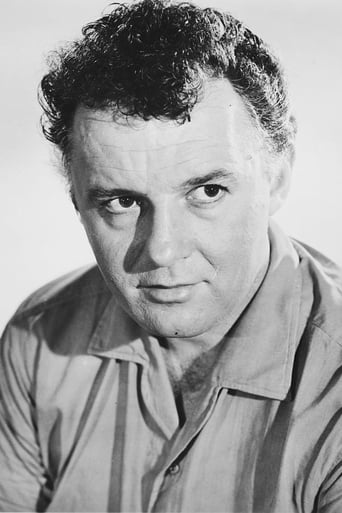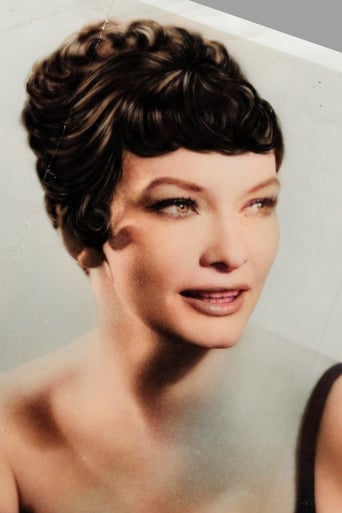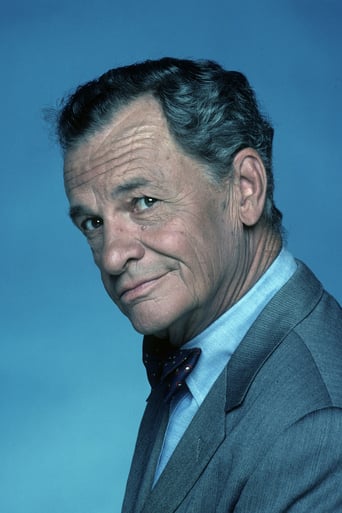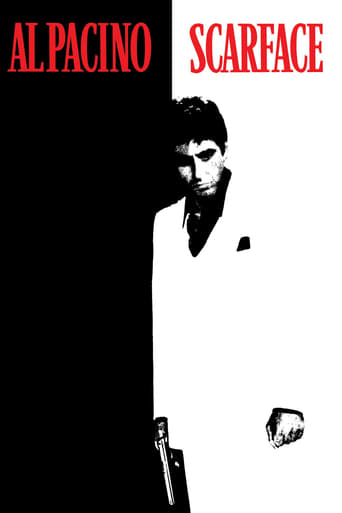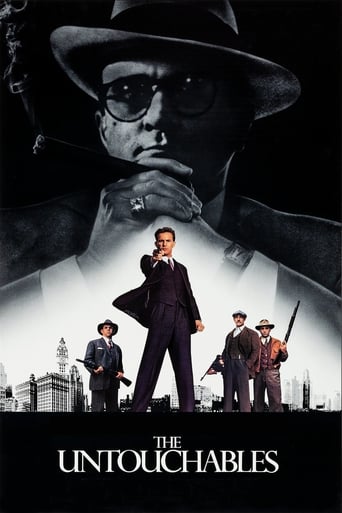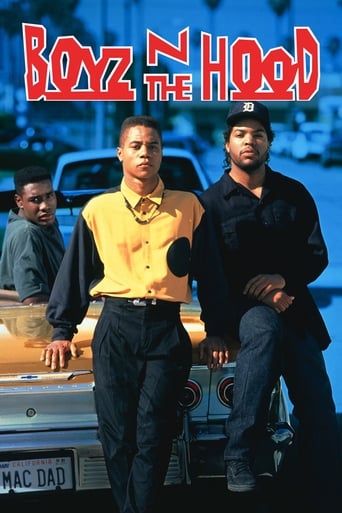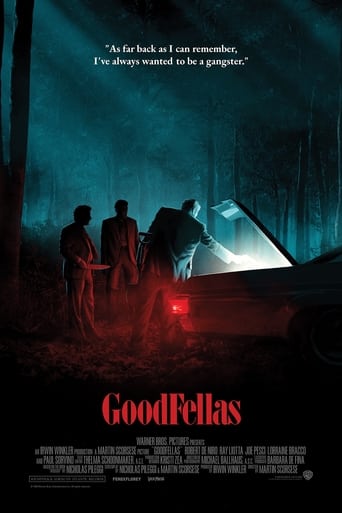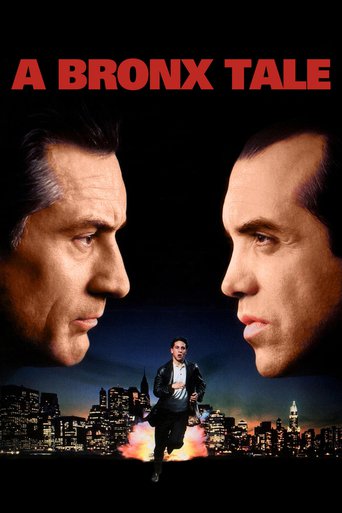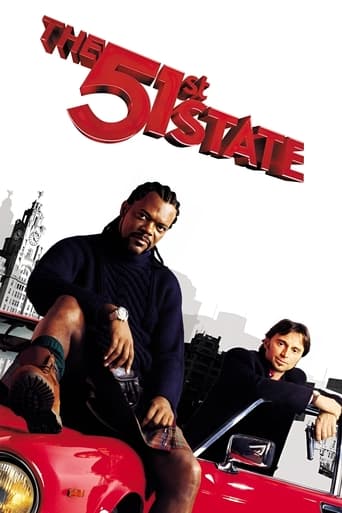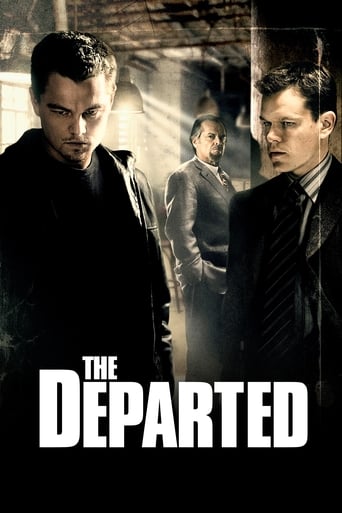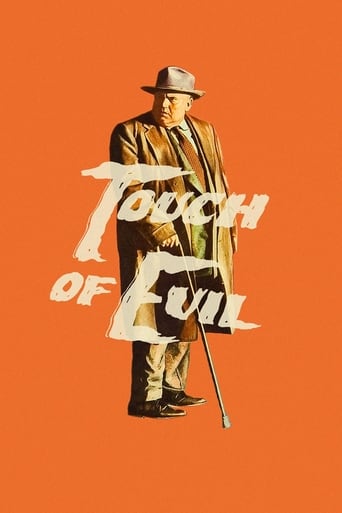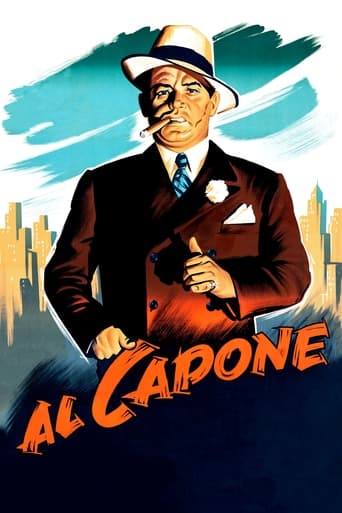
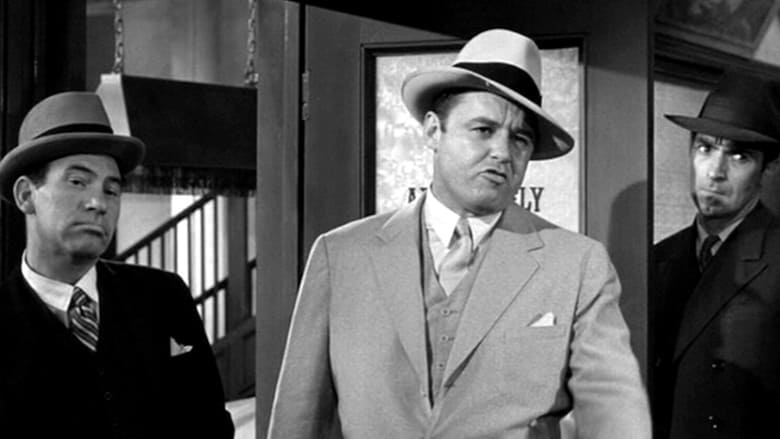
Al Capone (1959)
In this unusually accurate biography, small-time hood Al Capone comes to Chicago at the dawn of Prohibition to be the bodyguard of racketeer Johnny Torrio. Capone's rise in Chicago gangdom is followed through murder, extortion, and political fraud. He becomes head of Chicago's biggest "business," but moves inexorably toward his downfall and ignominious end.
Watch Trailer
Cast


Similar titles
Reviews
Like so many mid-century biographical films, Al Capone marches through the man's life, giving equal weight to each way-point. It also fails miserably by providing no psychological or historical context for how he became one of crime's most notorious characters. In fact, the film succeeds in white-washing this killer. He woos the widow of one of his victims. He repeatedly makes the point that he's never been convicted of any crime. People die, but there is no depiction of Capone's ruthless, brutal side. Rod Steiger in the title role does an admirable job with the shallow script, but this is not enough to make the film worth watching. Oddly, there's no mention of Elliot Ness and when it comes to summing up Capone's end, we're told he died of "an incurable disease." What, audiences in 1959 couldn't handle the word "syphilis"?
FOLLOWING ITS INITIAL exclusive showing at one of the big, Downtown Loop movie houses, AL CAPONE (Allied Artists, 1959) went into general release; then being booked at many of the old neighborhood theaters.* How well we remember the Newspaper and Radio/Television advertising campaign: "AL CAPONE TAKES OVER CHICAGO" that was apparently especially tailored to our pride as Native Chicagoans in this most famous and infamous of its "Favourite Sons." ODDLY ENOUGH, PRIOR to the release of this film to the theatrical movie house circuits, we (that is "I"), having been born in 1946 at the beginning of "the Post War Baby Boom", had not heard of him and really knew nothing about neither "the Roaring 20's" nor the Gangster Era and "Great Depression" of the 1930's. Mr. Capone had only died 12 years prior, yet it was as if there had been an "evil conspiracy" on a great scale to rewrite history and remove any of our knowledge of his life and career as boss pf organized crime.THAT LAST YEAR of the Decade of the '50's would prove to be very eventful overall** and a particular watershed for old "Scarface"; which was only one of many mostly unflattering monikers that were hung on him. In addition to this movie, we were treated to the 2 part presentation of The Untouchables on DESILU PLAYHOUSE (CBS TV). This then begot the long running and still very popular Television Series of THE UNTOUCHABLES (Desilu/Langford Prod./ABC TV, 1959-63).AS FOR THE PARTICULARS of the film, after having just viewing it once again (courtesy of Turner Claccic Movies), we found it to be an even better movie than we had remembered. It was done in a very straight forward and no frills manner. It starts with a young Alphonmse (Rod Steiger)arriving in the Windy City; in order to take a position with his friend/mentor Johnny Torrio's gang. (His first assignment is portrayed as being a bouncer in a saloon/gambling joint; which was in reality a whorehouse! Tsk, tsk!) AT THIS EARLY period, it was "Big Jim" Colosimo who was the kingpin among the Italian and Iriosh gangs of the South & West Sides. The story documents Capone's rise to the top following his engineering the murder of Colosino and Torrio's "retirement"; after he had a near miss in an attempt on his life by the O'Banion/Moran/Weiss North Side mob.THE MOVIE HAS much to recommend it. It has a fine cast; which also features Fay Spain as the widow of one of Capone's killings; who eventually marries the big guy. James Gregory turns in his best work as a tough, honest Chicago Police Sergeant; whose rise to Captain and "Inspector"*** parallels that of "Big Al".ITS USE OF B&W filming adds to the overall effect of realistic storytelling; as Black & White was the predominant format in the gangster era and was still the most common in 1959. Add a great and most appropriate musical score; which serves the production well in underscoring and emphasizing the action and storyline.ONE FINAL NOTE that we must add before closing is our observation that there is no soft selling nor unnecessary 'humanizing' of the subject matter. Unlike an awful lot of movies of the Gangster Genre, there is no portrayal of Capone's being strong and tough; but all for his family. This is particularly true of most of the Mob movies of the Post-Godfather Era.We give AL CAPONE a 3 1/2 Tommy Gun rating.NOTE: * "Neighborhood Theatre", refers to a practice in those bygone days before the invention of the Shopping Mall Multiplex, when single screen movie houses were situated in various shopping districts throughout cities and towns.NOTE:** Okay, so technically the 1960's don't start until January 1, 1961; but '59 is the last year to have a 50 series number. Also. incidentally, 1959 was historically a watershed year. During '59. Fidel Castro came to power, the U.S. suffered a many months long Steel Strike and even the most unusual of happenings occurred. The Chicago White Sox won the American League Pennant and faced the now Los Angeles Dodgers in the World Series.NOTE*** The Rank of "Inspector" may carry a lot of importance in New York, Boston, Metropolis or Paris; but on the Chicago Police Department an Inspector is a sort of overpaid version of a school lunchroom captain or lavatory monitor. He is of the rank of Lieutennant and gets his pay for such matters as gigging street cops for not having their hats on, taking too long on lunch and for (in their estimation)taking too long on assignments.
In Richard Wilson's "Al Capone", there is a commodore who arrives to Capone's mansion in Florida. He seems to be a "distinguished" citizen, probably a member of the local aristocracy; and he is glad to be associated with Capone. The character —introduced by scriptwriters Henry F. Greenberg and Marvin Wald— is not paid too much attention, but he is a key figure if one tries to make a deeper analysis of the economy of any society or country. In the end, Greenberg and Wald opt for moralizing, and warn about an economic pattern Capone supposedly introduced in American society, which is still in effect. Nothing is said about those hidden "commodores" who use people as ruthless as Capone —in favor of or opposed to the law—, persons who are only "wild cards", jokers in a game the "commodores" of the world play from the top, where ordinary people seldom see them. So, "Al Capone" results an interesting and entertaining piece of filmmaking, made efficiently by Wilson with top professionals (cinematographer Lucien Ballard, art director Hilyard Brown, composer David Raksin, and an impressive cast), and a script that tries to be as faithful as possible to facts more or less known by the audience, but superficial in its study of the man, and the main variables that influenced his life, from a bio-psycho-social perspective. It is in the same vein as Howard Hawks' "Scarface", although, as declared by Hawks, he was not trying to make a biography of Capone, but rather show how the world of gangsters resembled the behavior and logic of children's play.
I must begin by saying that few people today will ever know what the real Al Capone was like, though there are many excellent biographies of him available. What Rod Steiger does , along with the screen writers Wald and Greenberg, is to create a believable character, who we accept as the genuine Capone. From the moment he first saunters into a Chicago speakeasy on the eve of Prohibition to accept a job as bouncer, to the SPOILERS AHEAD: hard and dangerous life of a a convict at Alcatraz prison, he is utterly convincing. Steiger captures a vivid, larger than life portrayal of a criminal who is by turns funny, charming, brutal, truly frightening, and very aware of himself as a showman for the public. The scenes in which Capone makes self glorifying speeches about being a mere businessman and a public benefactor are quite faithful to the real Al Capone's frequent public comments on the subject. The rest of the cast is made up of good actors who give excellent performances. The gravelly voiced Murvyn Vye is hilarious as glum, humorless Bugs Moran, with a clever performance within a performance by Robert Gist, whose ruthless gangster Dion O'Banion plays the role of lovable Irishman to fool people into thinking he's not really dangerous. Nehemiah Persoff is a standout in the role of Capone's mentor Johnny Torrio, and James Gregory is good as the hardboiled police detective Schaefer who narrates the film. Martin Balsam is excellent as the corrupt reporter who acts as a go-between for Capone and legitimate society . His expression of wounded innocence when berated by the detective for being just a crook himself is marvelous. The strongest praise, aside from that due to Steiger, goes to Fay Spain for her incredibly powerful portrayal of a gangland widow romanced by Capone. She is nothing short of electrifying in the scene in which she, half laughing, half screaming, denounces Capone for his smiling attempt to compensate her for the death of her husband by offering to pay for the funeral. This scene alone is worth watching the entire movie for. The Twenties settings and characters are well done, and a surprising amount of real history is reenacted. Some is necessarily speculation about exactly how a murder was planned or who carried it out, but the story always has the feeling of being pretty much as it would have been. The only weakness I see in an otherwise solid production is the preachy narration by the detective character, but it does provide a sense of logical story development and a historical perspective. For anyone interested in seeing another of Steiger's amazing gallery of characters, and all fans of gangster movies, this is well worth seeing.


